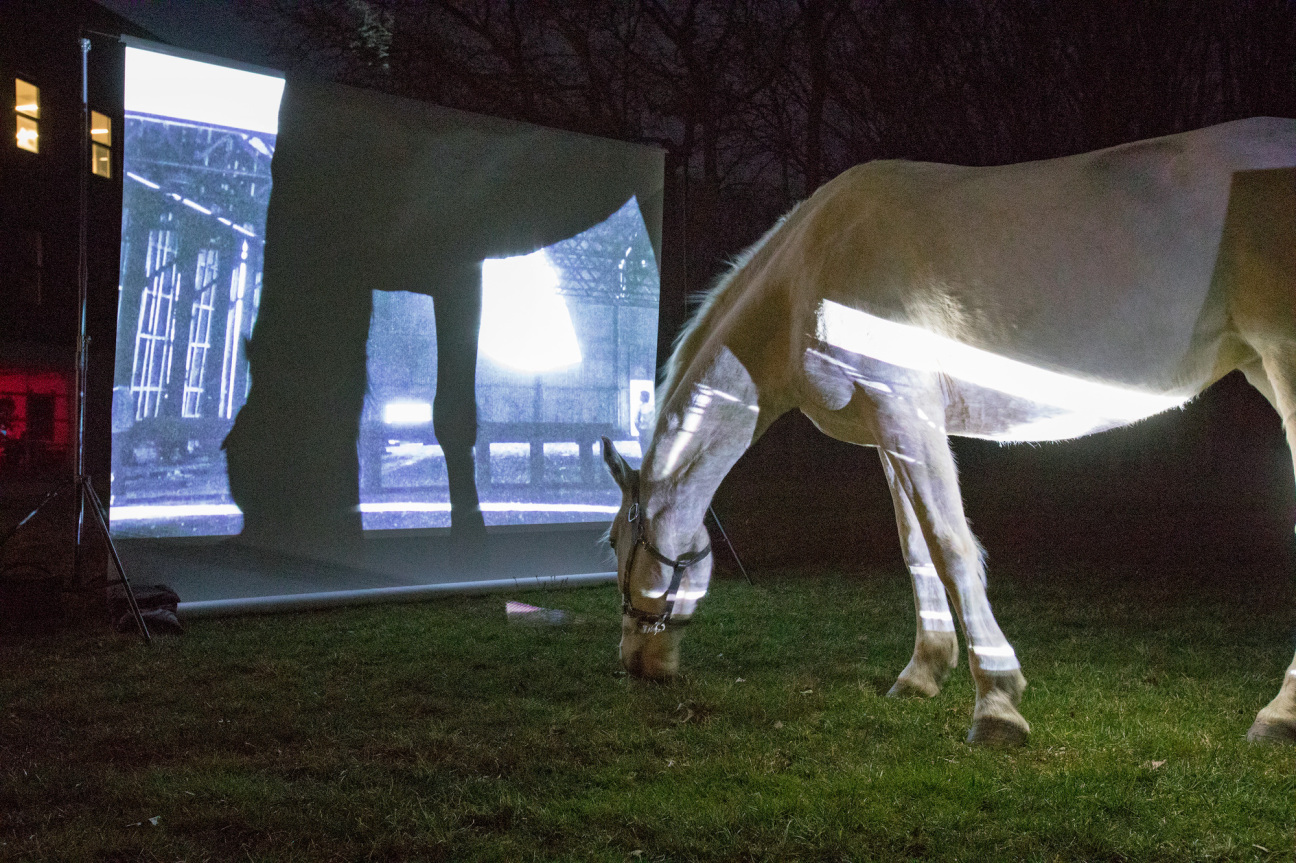
The Watermill Center, Water Mill
Great art is about the process as much as the product. The Watermill Center’s Artist Residency Program embodies this idea well. Its open-ended format omits the pressure of a culminating show, instead providing “artists with the time, space, and freedom to develop their practice in a communal environment that encourages experimentation,” explains Director of External Affairs Jillian Maxwell. Emphasizing creation as an iterative process, residents are encouraged to share their work as it develops through rehearsals, workshops, and artist talks.
The selection process for this expansive program is conducted by an international committee of Watermill Center alumni, many of whom have been frequenting the interdisciplinary campus since it was established in 1992. Founded by avant-garde artist and theater director Robert Wilson, the Center has hosted more than 1,500 artists from more than 90 countries to date, over the course of over 250 residency cycles. A list of past residents reads like a Rolodex of culture-shapers—Carrie Mae Weems, Anne Carson, Oliver Beer, and Kader Attia have all left their trace on the space.
During their stay, residents have access to the Center’s abundant on-site resources, including 20,000 square feet of design spaces and outdoor stages spread amongst 10 acres of Shinnecock ancestral land. Their locus is a former Western Union research facility, abandoned since the ’60s and reimagined by Wilson as a petri dish for creativity. In this idyllic setting and among fellow artists, residents are afforded the space to expand and experiment, returning to their lives and practices with a renewed sense of possibility.

John Chamberlain Estate, Shelter Island
Choreographing a ballet is as beautiful and intricate as it is demanding and agonizing. In his latest piece—developed while working as the inaugural artist-in-residency at the Shelter Island outpost of the John Chamberlain Estate—Casanova Sorolla is exploring the infamous “beauty is pain” dichotomy. The Peru-born, Vienna-based artist has dedicated 12 years to translating dance into other artistic mediums, a process that has led him to engage with career performers who reveal “personal stories connected with their injuries, pains, and experiences that are not usually told.” This month, New York City Ballet Principal Dancer Sara Mearns performed choreography by Bobbi Jene Smith for Sorolla’s culminating show, where he then interpreted the dance live with pigment on paper.
“By hosting artist residencies, we pay tribute to Chamberlain’s spirit and dedication to pushing artistic boundaries, while fostering experimentation in contemporary arts,” explains Alexandra Fairweather, the estate’s director. Sorolla credits his experience East with bolstering his creative process, preparing for this demanding interdisciplinary undertaking. “Leaving Brooklyn and watching the natural landscape become increasingly intense as I approached the ferry, then crossing the water to arrive at Shelter Island—filled with singing birds, lush trees, and an unusual pace—was incredibly inspiring,” he says. If art indeed imitates life, the scenic setting of Casanova’s summer hideaway will no doubt filter into his already-incandescent practice.
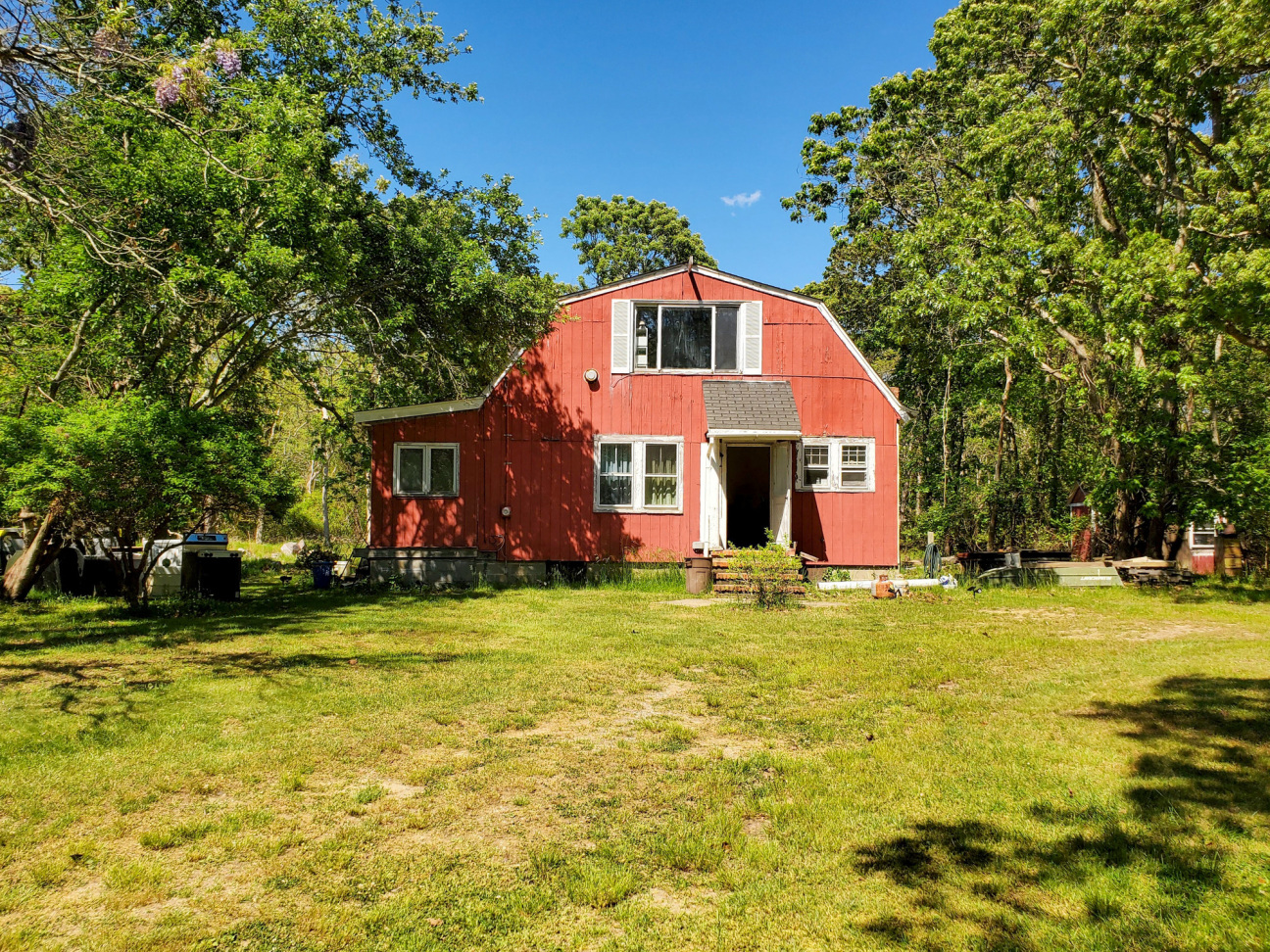
Ma's House, Southampton
On the Shinnecock Indian Reservation in Southampton, an apple-red barnhouse set back from traffic and other distractions offers BIPOC artists an escape into nature. In two-week stints, residents embed themselves at Ma’s House, a communal art space where the kitchen doubles as an exhibition venue. “We offer that artists may rest the whole time, read a book at the beach each day, or crank out as much work as they like,” says founder Jeremy Dennis, Ma’s grandson, who transformed the home where he grew up in 2020.
Loretta A. Silva, also known as “Princess Silva Arrow” and “Ma” in her family, was a member of the Shinnecock Indian Nation, and had hoped for her home to one day become a museum. “We ask artists to learn about or create work inspired by Shinnecock land, history, and current issues, or by tribal members they meet during their time here,” Dennis explains. “The Shinnecock Nation is largely rendered invisible and overshadowed by the Hamptons. Many people summer or live here for decades and never know of our existence or attend our powwows or other public engagements."
The Ma’s House residency began in August 2021 and has since hosted more than 40 artists—including multimedia artist Simón Vega and painter Nanibah Chacon—who lead workshops, make installations, or offer performances. “Being on the Shinnecock Reservation is unique because the land, water, and air are shared by all tribal members,” Dennis concludes. “It’s a whole different way of living and stewardship that visiting artists get to observe and appreciate.”


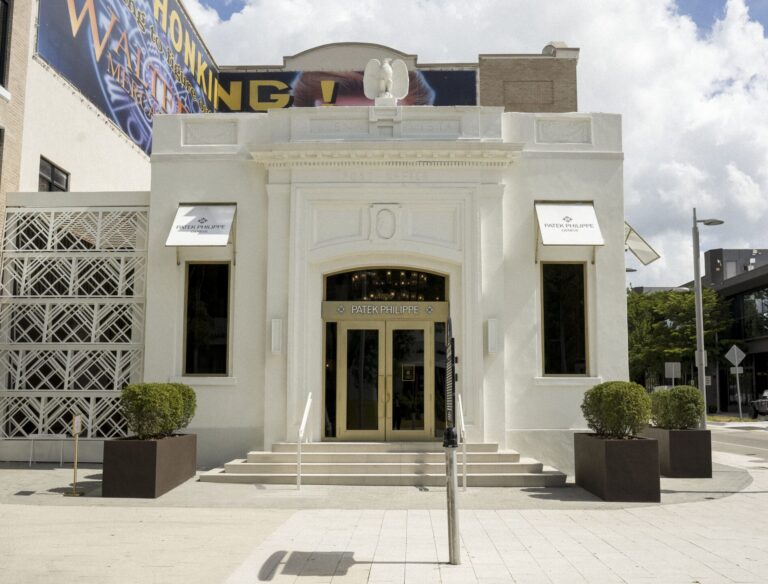
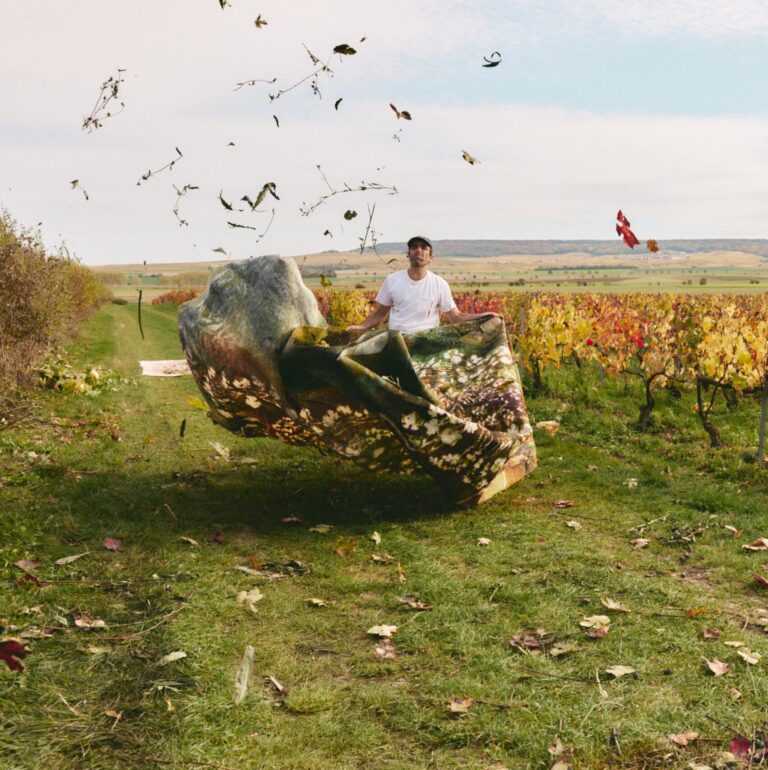

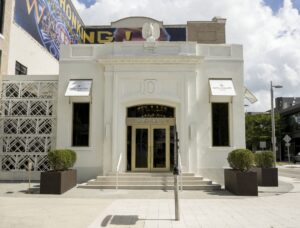
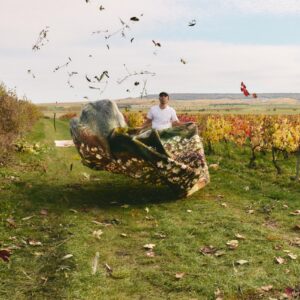



 in your life?
in your life?

